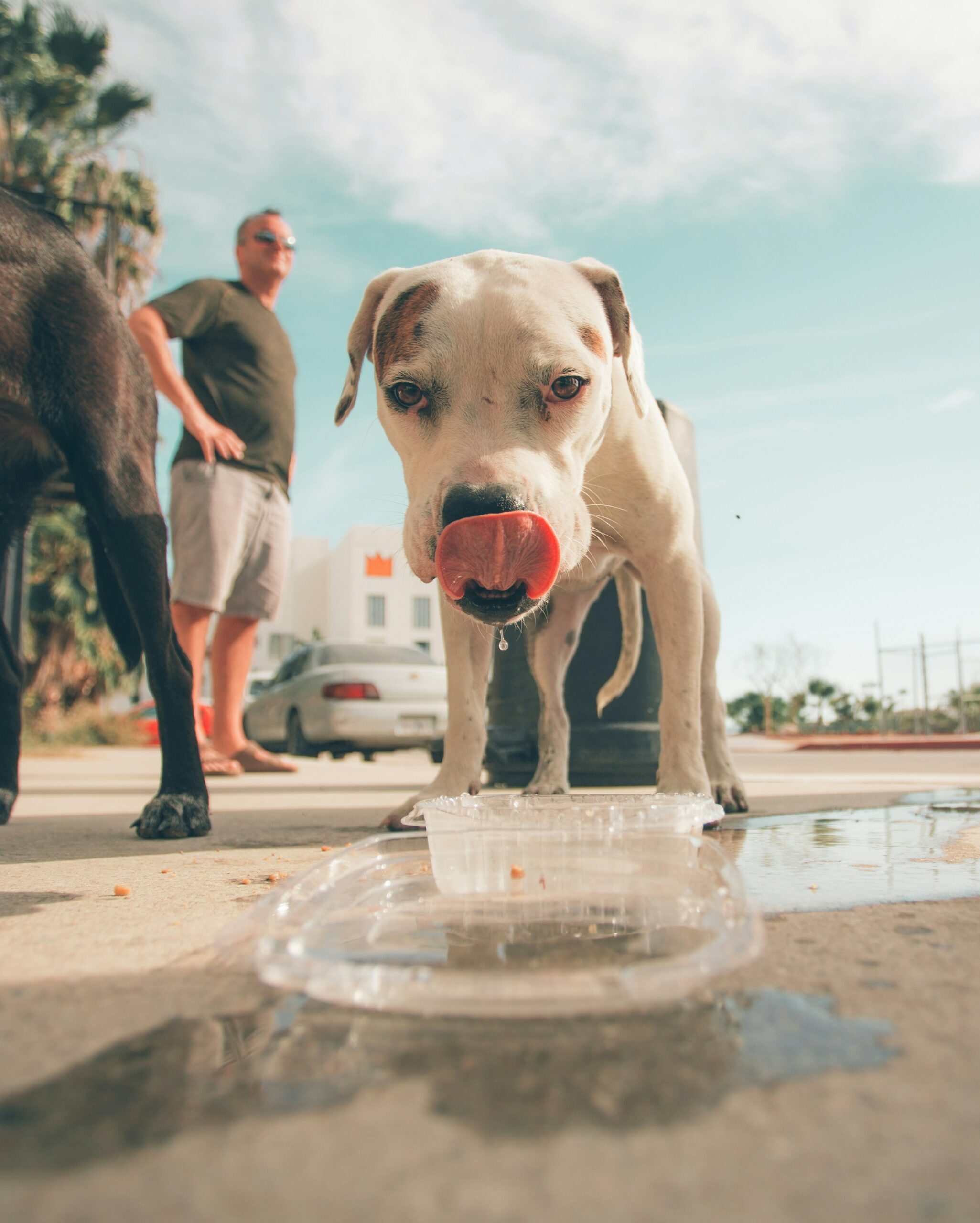Preventing Heat Stroke in Dogs: Tips for Keeping Your Pup Cool and Safe
Understanding the Risks and Vulnerable Breeds: Learn how to prevent and identify heat stroke in dogs, as well as the specific factors, signs, and treatment options associated with this serious condition.
Introduction: Importance of Recognizing Heat Stroke in Dogs
Heat stroke is a severe condition that poses a significant threat to dogs and can be fatal if not promptly treated. Owners play a crucial role in both preventing and identifying heat stroke in their canine companions. Understanding the risks associated with heat stroke and recognizing vulnerable breeds are essential for proactive management and care.
One example of a vulnerable breed is the Bulldog, known for its flat face, which can limit its ability to cool down effectively through panting, putting them at higher risk of heat stroke. Owners need to be aware of these breed-specific vulnerabilities to take appropriate precautions and seek timely intervention if needed.
Factors Contributing to Heat Stroke
Several factors contribute to the risk of heat stroke in dogs. For instance, breeds with thick coats like Golden Retrievers and Chow Chows may struggle to cool down efficiently, making them more susceptible to heat-related illnesses. Additionally, environmental factors such as high humidity and a lack of shade can further increase the risk of heat stroke in dogs.
Obesity and lack of physical fitness are also significant risk factors for heat stroke in dogs. Excess weight can hinder a dog’s ability to regulate its body temperature effectively, leading to a higher likelihood of overheating. Understanding these contributing factors is crucial for preventing heat stroke and ensuring the well-being of our furry companions.
Signs and Symptoms of Heat Stroke in Dogs
Recognizing the signs of heat stroke in dogs is vital for early intervention and treatment. Dogs experiencing heat stroke may exhibit symptoms such as confusion and weakness. In severe cases, heat stroke can progress to seizures and loss of consciousness, indicating a critical medical emergency.
It is essential for dog owners to be vigilant and watch out for these early signs of heat stroke, especially during hot weather or after strenuous physical activity. Prompt recognition and action can help prevent serious complications and potentially save a dog’s life.
Prevention of Heat Stroke in Dogs
Preventing heat stroke in dogs requires proactive measures from pet owners. Providing access to cool, fresh water is crucial for keeping dogs hydrated and aiding in temperature regulation. Grooming practices, such as regular brushing and trimming excess fur, can also help dogs dissipate heat more effectively, reducing the risk of overheating.
Additionally, owners should be mindful of certain medications that can increase a dog’s sensitivity to heat, potentially elevating the risk of heat stroke. By implementing these preventive strategies, dog owners can create a safe environment for their pets and minimize the chances of heat-related illnesses.
Treatment of Heat Stroke in Dogs
In the unfortunate event that a dog experiences heat stroke, prompt and appropriate treatment is essential. Cooling the dog gradually and monitoring their temperature are crucial steps in managing heat stroke. Veterinary intervention is necessary to assess any internal damage caused by overheating and provide the necessary medical care.
Furthermore, dogs recovering from heat stroke should be closely monitored for potential complications such as kidney failure, emphasizing the importance of ongoing care and observation. By following recommended treatment protocols, pet owners can help their dogs recover safely and prevent long-term health issues.
Specific Breeds at Risk of Heat Stroke
Certain dog breeds are more susceptible to heat stroke due to their unique characteristics and limitations in cooling mechanisms. Brachycephalic breeds like Bulldogs and French Bulldogs have shortened snouts, which can impede their ability to regulate body temperature through panting. This anatomical feature makes them particularly vulnerable to heat-related illnesses, highlighting the importance of breed-specific awareness.
Elderly dogs may also have reduced heat tolerance and are at higher risk of heat stroke, requiring extra precautions during hot weather. Additionally, breeds like Cavalier King Charles Spaniels may be predisposed to certain medical disorders that can further increase their susceptibility to heat stroke. Understanding these breed-specific vulnerabilities is crucial for tailored care and prevention strategies.




